SHOULD YOU WORRY ABOUT CARBON MONOXIDE IN YOUR TENT?
Camping during the colder winter months means that you will need to keep you and your family warm. Most people decide to take a stylish wood burning stove with them to warm up the tent. However, most people do not take Carbon Monoxide (CO) into consideration when planing their camping trip with a fuel stove.
According to NHS England more than 200 people in the UK are hospitalised due to Carbon Monoxide, and of those around 50 cases result to death. Carbon monoxide is produced when fuels such as gas, oil, coal and wood don’t burn fully. It’s vital that you are aware of all the causes, and most importantly, ways to prevent any CO inhalation.
Incorrectly installed, poorly maintained or poorly ventilated household appliances – such as cookers, heaters and central heating boilers – are the most common causes of accidental exposure to carbon monoxide. This includes bell tent wood burning stoves and cooking stoves.
The symptoms of carbon monoxide poisoning are headaches (is the most common symptom of mild carbon monoxide poisoning), dizziness, nausea and vomiting. Some other common symptoms are tiredness, confusion, stomach pain, shortness of breath and difficulty breathing.
The symptoms of exposure to low levels of carbon monoxide can be similar to those of food poisoning and flu. But unlike flu, Carbon Monoxide poisoning doesn’t cause a high temperature.
The symptoms can gradually get worse with prolonged exposure to carbon monoxide, leading to a delay in diagnosis. Your symptoms may be less severe when you’re away from the source of the carbon monoxide, which may be difficult in tents as the stoves are typically installed in the same area as the sleeping area.
If you find that there is a possibility of a leak, you should check any appliances you think may be faulty and leaking gas, and get in touch with the ambulance or go to the nearest A&E. The longer you inhale the gas, the worse your symptoms will be. You may lose balance, vision and memory and, eventually, you may lose consciousness.
How to prevent a CO leak?
Please follow the following instructions in order to prevent any CO poisoning or leaks. Never take a barbecue into a tent, awning, caravan or motorhome. Even a cooling barbecue gives off plenty of poisonous carbon monoxide (CO), which can kill.
Never use a fuel-burning appliance to heat your tent or awning. Gas and kerosene heaters, unless they are built to be used inside tents like our Frontier stove. The long flue is made specifically to draw the fumes and smoke from the fire away and out of your tent, dispersing them high up where no one can breathe them in.
Please ensure that you are fitting the stoves correctly and you are following the safety and installation procedures. The stoves must always be fitted in well ventilated, shelters and installed properly.
Don’t cook inside your tent or awning and don’t use any other gas, charcoal, liquid or solid fuel appliances inside a tent or awning. Gas-powered fridges and lamps, for example, also need plenty of ventilation to prevent them producing poisonous carbon monoxide.
Consider using a carbon monoxide (CO) alarm, provided it is suitable for the condition you intend to use it, check with the supplier/manufacturer, though it should never be used as an alternative to the precautions above.
If you’re using a wood-burning stove like a Frontier, always make sure your flue is clean. Burning fully dry, well-seasoned wood helps to prevent build-up in the flue, and this will give you a better burn as well. Always make sure that your tent is well-ventilated; keep a door open and don’t go to sleep when it’s lit.
Being aware of the signs
It’s very important to look out for warning signs and you should suspect CO poisoning in your tents if other people fall ill with similar symptoms. If your symptoms disappear when you go away (leave the tent). Other possible clues of a carbon monoxide leak include, sooty or yellow/brown stains on or around boilers, stoves or fires. Smoke building up in rooms due to a faulty flue or yellow instead of blue flames coming from the stove.
If you would like any more information on Carbon Monoxide poisoning, or safety with your stoves please get in touch with us on info@boutiquecamping.com.
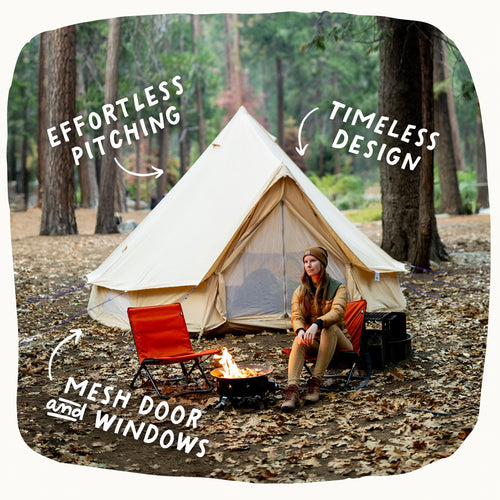
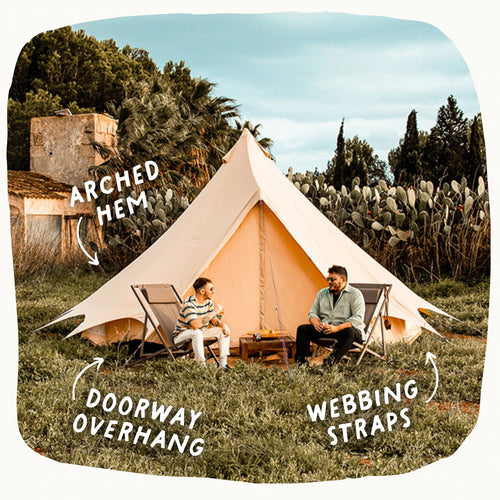
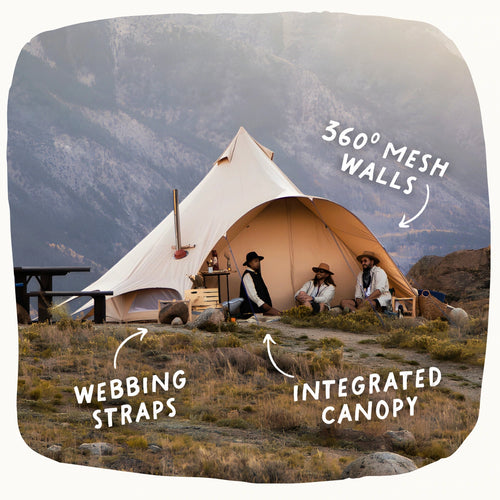
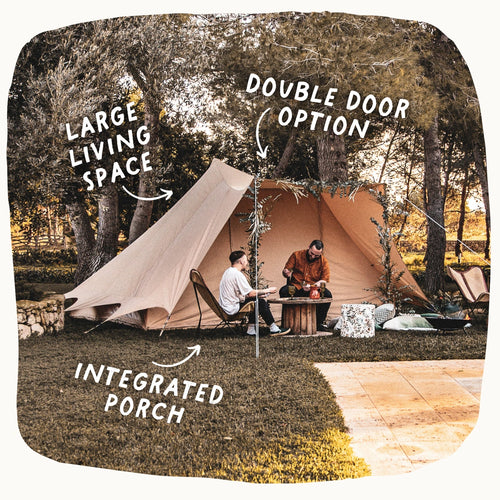
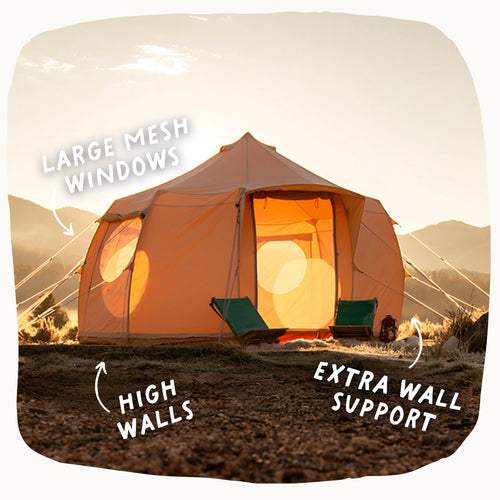
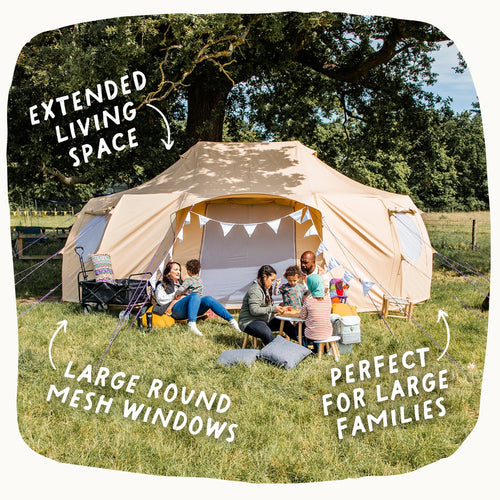
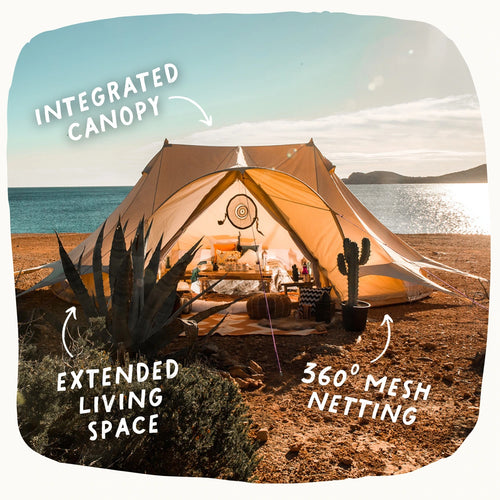
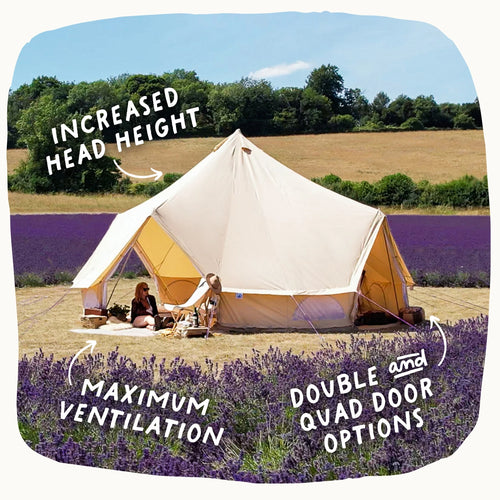



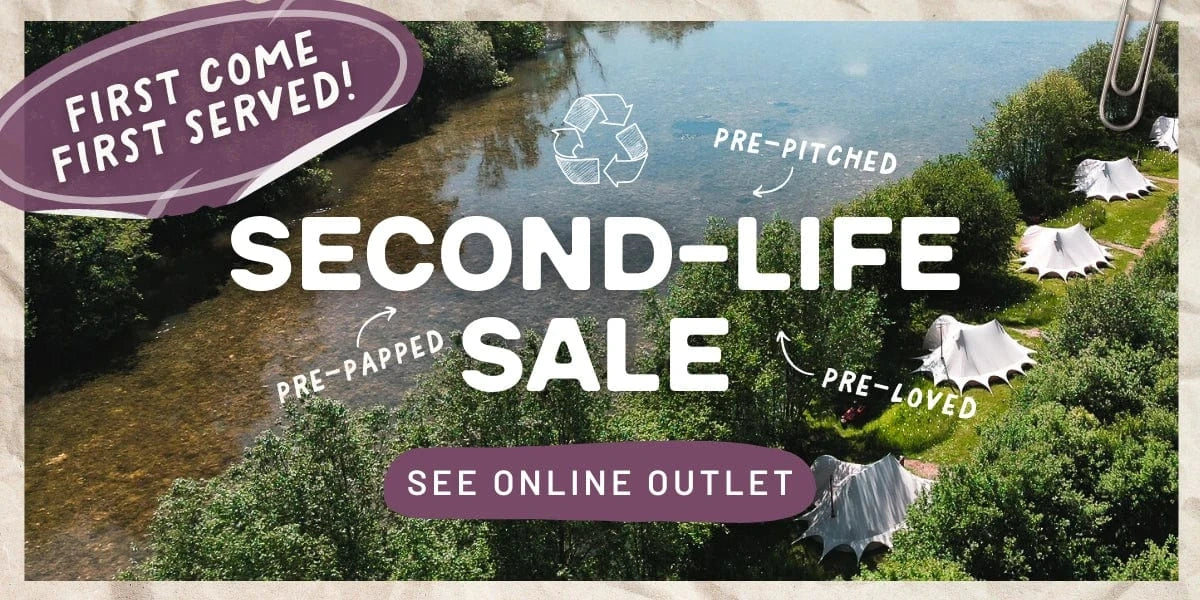

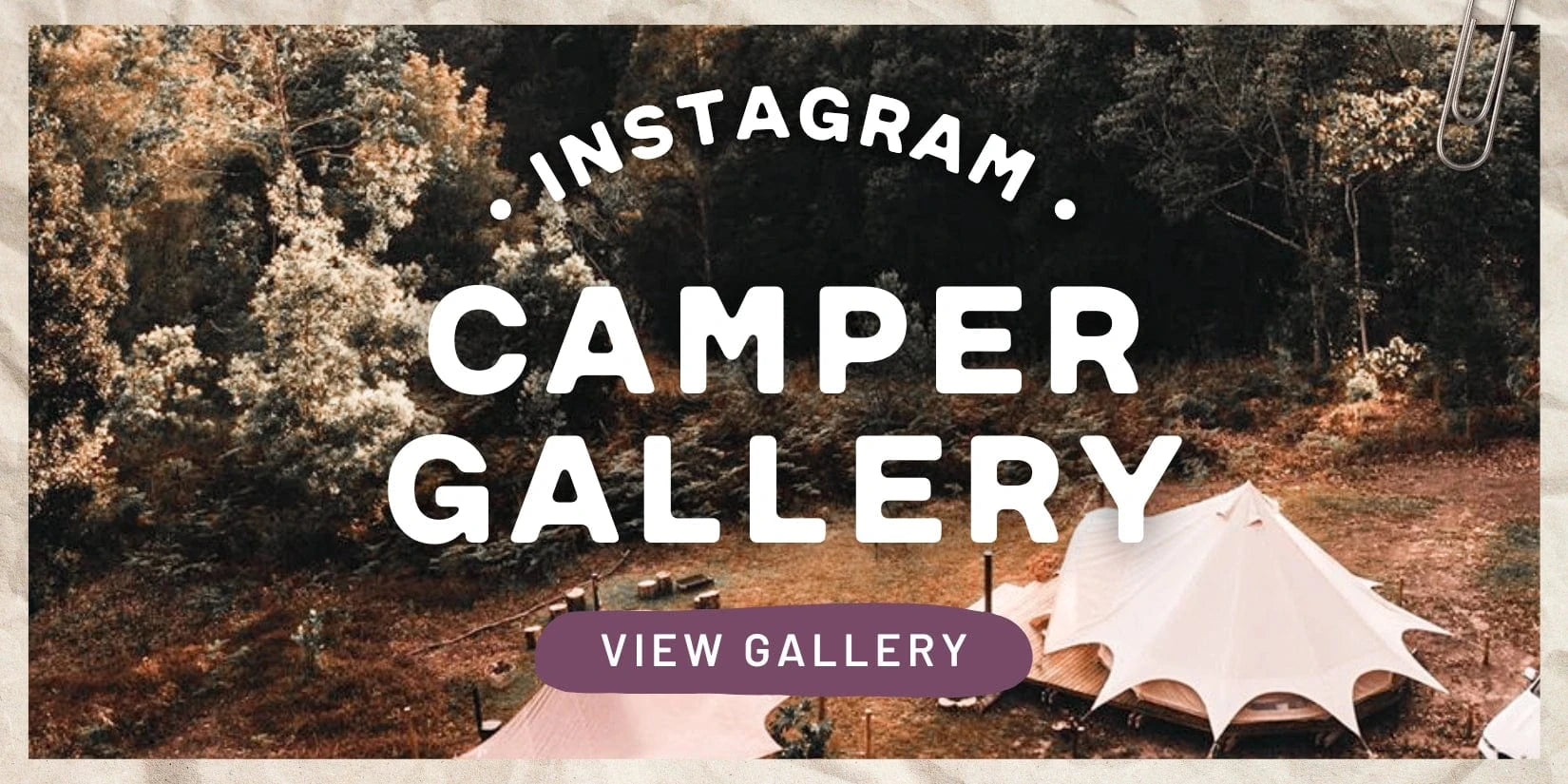



Leave a comment